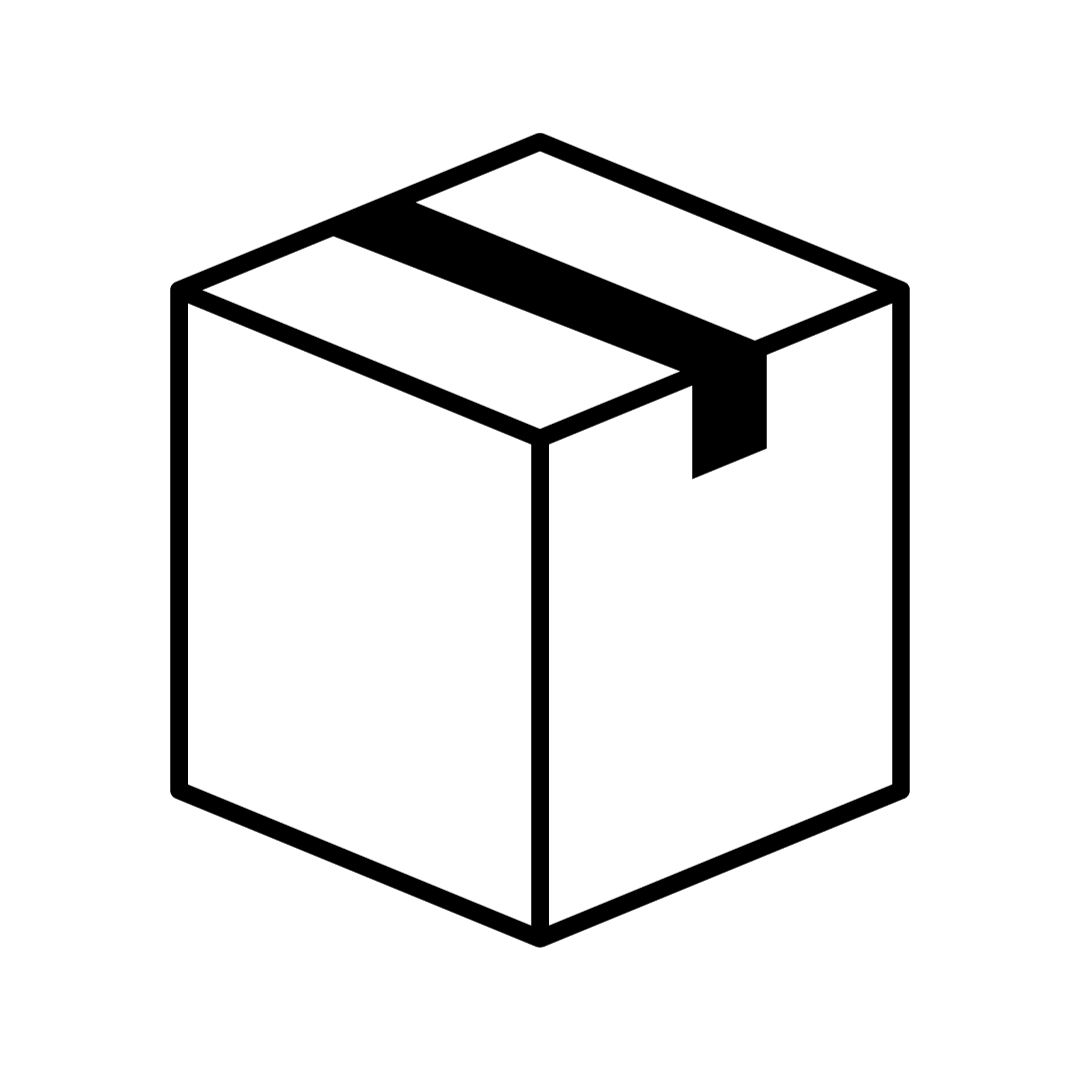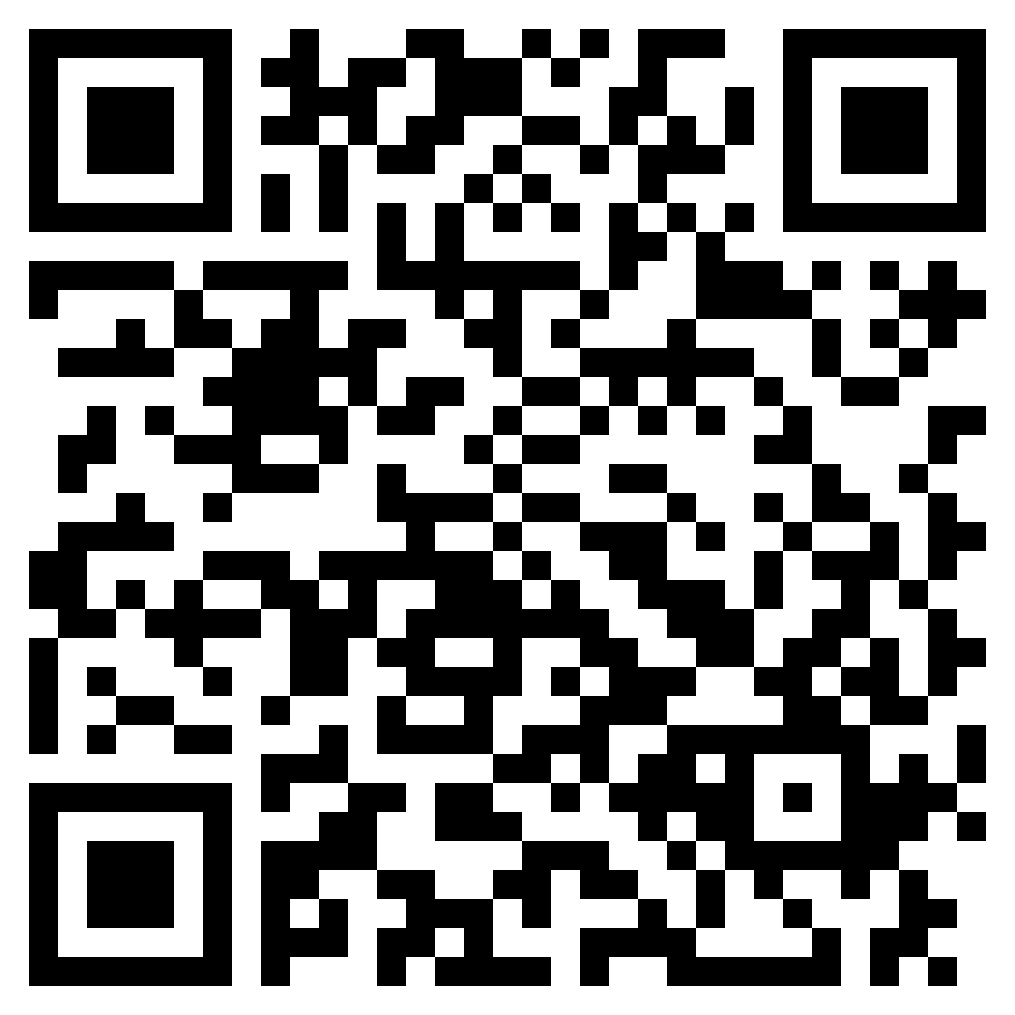close
close

With such a wide range of international brands and designers, sizing variations are bound to occur. In order to help you find the best fit, the following information is available on every product page:
The above can be found in the ‘View Size Chart’ tab on any item’s product page.
Our Customer Care team is always available to answer any questions regarding measurements and fitting, if available.
Indicated below are general care instructions according to fabric. For safe results, always test laundering on a small or hidden area of the garment first.
Please note that these are general recommendations. For more accurate guidelines, please follow the specific care instructions indicated on the garment label.
Natural Fabrics:
Cotton, silk, leather and wool are examples of natural fabrics produced from materials derived from plants and/or animals. Materials made from natural sources require special care and attention to preserve their quality.
|
Cotton |
|
|
Linen |
|
|
Cashmere |
|
|
Mohair |
|
|
Wool |
|
|
Silk |
|
Please note that pilling is a natural process that occasionally may occur in woolen fibres. Washing your clothes inside out will help prevent pilling and investing in an electric de-piller will help safely remove them. However, if left alone, these will eventually pull away on their own.
Synthetic Fabrics:
Synthetic fabrics are textiles made from man-made materials rather than natural ones.
|
Denim |
|
|
Elastane |
|
|
Modal |
|
|
Nylon |
|
|
Neoprene |
|
|
Polyester |
|
|
Polyamide |
|
|
Rayon |
|
|
Satin |
|
|
Viscose |
|
Leather Goods:
It is normal for leather goods, such as handbags, shoes, wallets etc. to bear natural imperfections and irregularities. These natural imperfections make every piece original and exclusive to you.
|
Natural-grained Leather |
Natural-grained leather is premium-grade hide that has not been buffed to showcase the skin’s natural “grain” or texture.
|
|
Embossed Leather |
Embossed leather is leather that has been stamped to achieve a distinctive pattern.
|
|
Buffed Leather |
Buffed leather is leather from which the top layer of grain has been removed to achieve a soft and clean surface.
|
|
Patent Leather |
Patent leather is a coated leather with a glossy varnished surface.
|
|
Suede Leather |
Suede is a leather that has a soft napped surface.
Do not clean suede with water alone as it will affect both the color and texture of the leather. |

Shop the latest collections, access exclusive offers, and enjoy a seamless shopping experience, all at your fingertips.
Download now.
